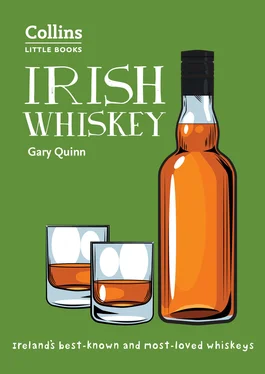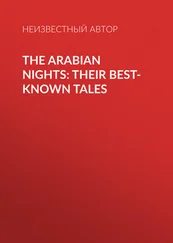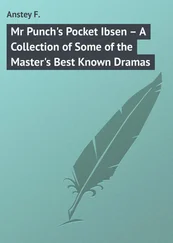Additives
The colour of Irish whiskey comes from the cask it is matured in. However, in order to allow consistency in the colour of a brand over time, the caramel colouring E150 is permitted. Although named after a flavour (caramel) this is a colouring only and has no flavour. It is the only additive which is permitted.
Wood, spirit, and maturation
Maturation warehouses are incredibly special places. Stacked to the ceiling with wooden casks slowly maturing new spirit into whiskey, they release a rich aroma that simply can’t be bottled. This is the fabled angel’s share; that part of the spirit that evaporates through the wood as it matures. The air in these warehouses is heavy with a sweet perfume that escapes through the wood of the cask or barrel as the wood “breathes”. It’s a wonderful alchemy that not only matures the spirit, allowing it to become whiskey, but also creates an incredible range of flavour profiles, depth of colour, and aromas.
Irish whiskey must be matured in wood and in the majority of cases that wood is oak, American Oak to be precise. Since, in the USA, there is a strict policy of using only new, unseasoned oak to make bourbon there is a ready supply of ex-bourbon casks for the Irish whiskey market.
The time spent maturing that bourbon will have stripped some of the minerals from the wood that create flavour, but the bourbon in turn will have passed its own flavour properties back into the wood, and they then get transferred into the new spirit, maturing into Irish whiskey.
Irish whiskey makers also use casks that have previously stored other drinks, such as sherry or port. Each of these will have left their own signature on the wood and this too will be transferred into the new spirit. Throughout this book you will find references to the type of cask the whiskey is matured or “finished” in. Irish whiskey has to mature for at least three years in cask but it is often much longer. Once mature, a whiskey can then be “finished” in another cask or barrel, to impart new flavour profiles. Different wood types can also be introduced at this stage.
The new make spirit that goes into a cask is a clear liquid. Its final identity, once it matures, is determined by the chemical reactions that occur between the wood of the cask and the spirit itself. Once bottled, ageing stops and the whiskey is complete but, until then, it’s a wonderfully slow and exciting part of the whiskey-making process.
Anyone who journeys down the whiskey path is likely to become fascinated by this process, not least because it is an act of trust between the distiller and nature itself. The distiller and blender understand the process, choose the type of wood, and have an expectation of the result, but they can rarely predict the outcome with 100 per cent certainty. They simply have to wait and let the wood do its work.
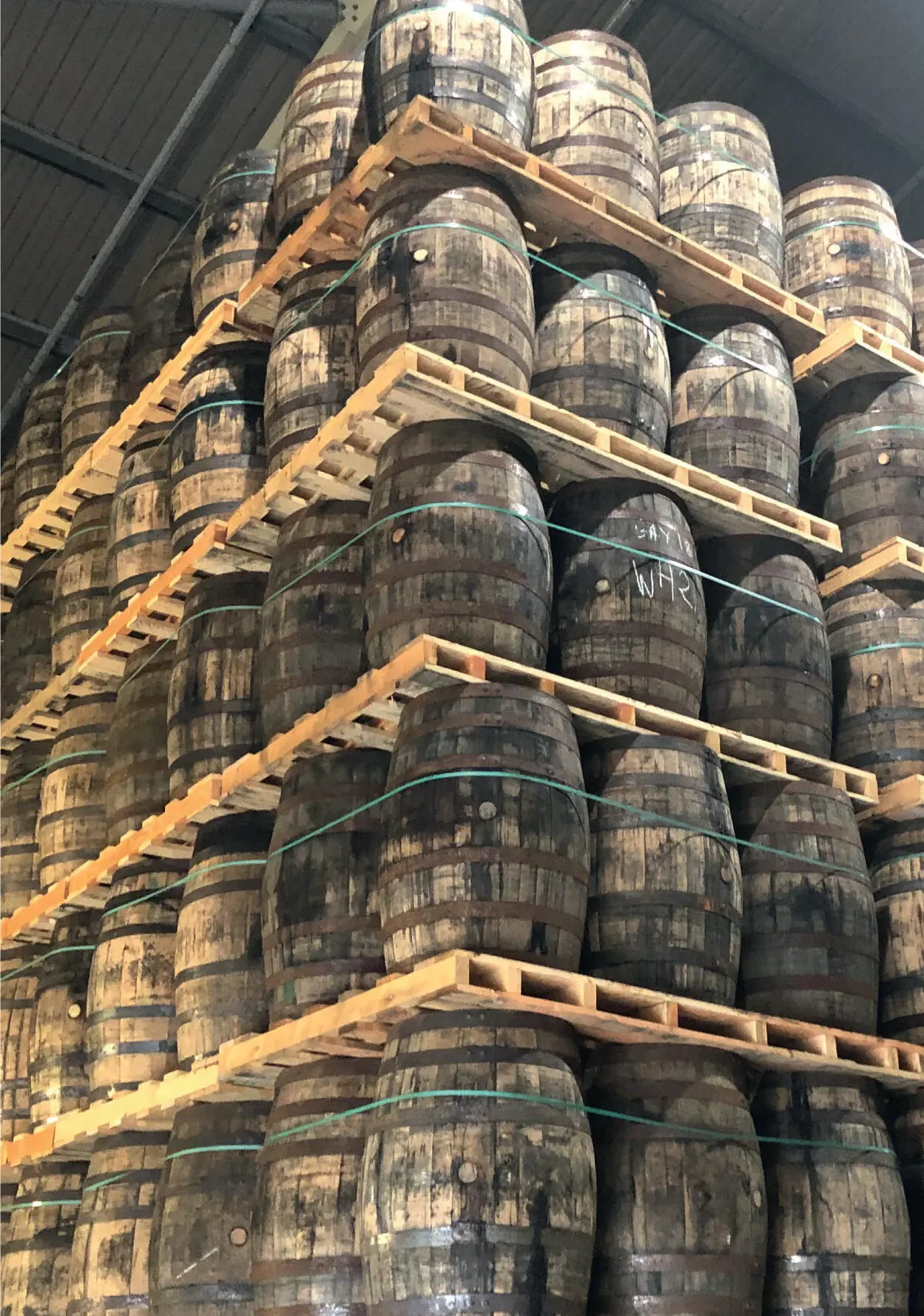
Northern Ireland
Numbers in boldindicate the page where the property can be found
The page numbers on this map relate to the printed version of this book; they do not match the pages of your ebook. You can use your ebook reader’s search tool to find a specific word or passage.
West Central Ireland
Numbers in boldindicate the page where the property can be found

The page numbers on this map relate to the printed version of this book; they do not match the pages of your ebook. You can use your ebook reader’s search tool to find a specific word or passage.
Southwestern Ireland
Numbers in boldindicate the page where the property can be found
The page numbers on this map relate to the printed version of this book; they do not match the pages of your ebook. You can use your ebook reader’s search tool to find a specific word or passage.
East Central Ireland
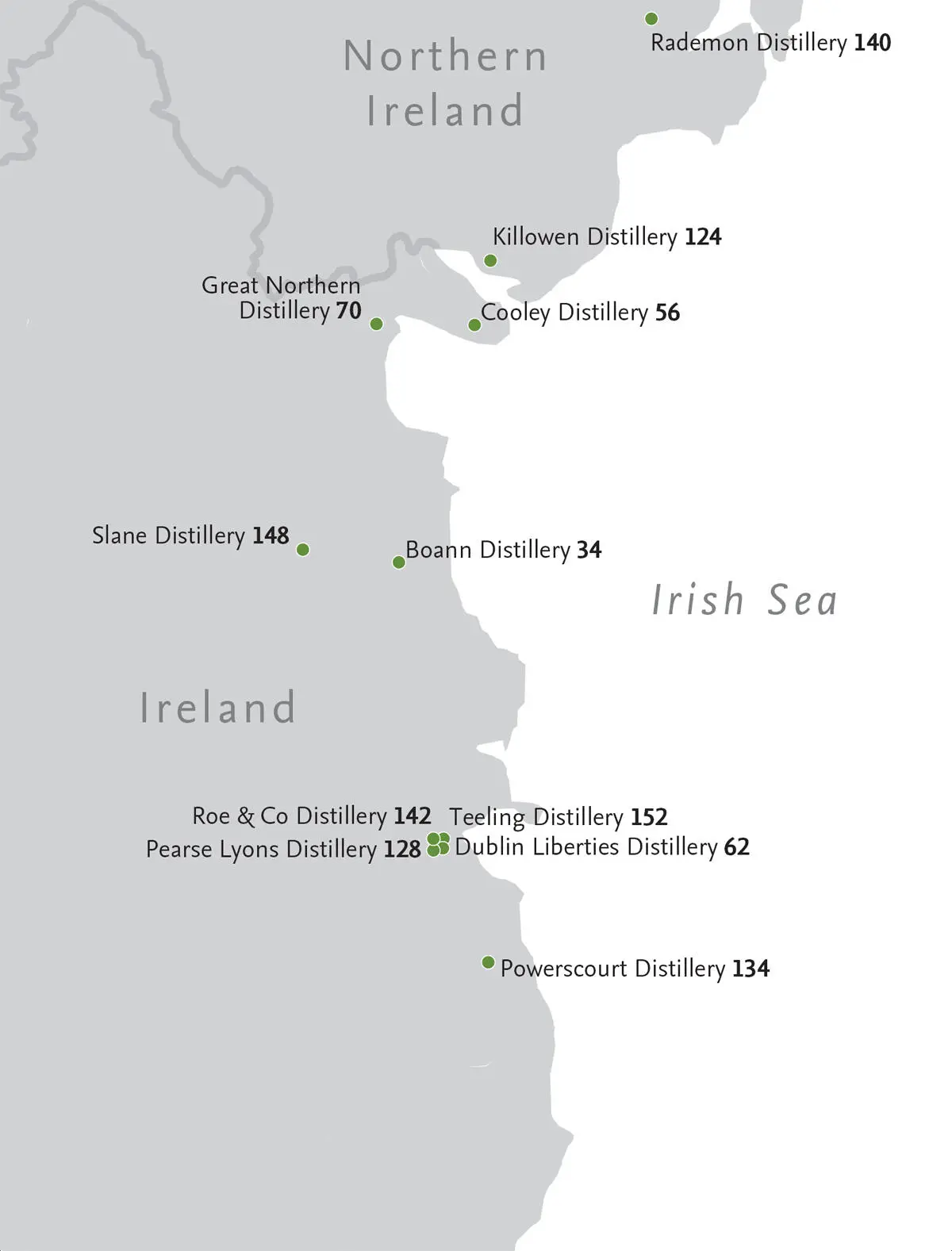
The page numbers on this map relate to the printed version of this book; they do not match the pages of your ebook. You can use your ebook reader’s search tool to find a specific word or passage.
Southeastern Ireland
Numbers in boldindicate the page where the property can be found

The page numbers on this map relate to the printed version of this book; they do not match the pages of your ebook. You can use your ebook reader’s search tool to find a specific word or passage.
Achill Island Distillery
CONTACT:Drioglann Oilean Acla, Bunnacurry, Achill Island, County Mayo
WEBSITE: irishamericanwhiskeys.com
DESCRIPTION:Working distillery
A red carpet and Scottish bagpipes heralded the arrival of two copper stills on Achill Island in September 2018 from Speyside in Scotland, where they were manufactured. Drioglann Oilean Acla, as their new home is officially named in the Irish language, is the first distillery to open on an island here. It also lies within the Gaeltacht, that part of Ireland where Irish is still the first language. Owned by the Irish American Trading Company, the distillery and its visitor centre will form part of the fledgling Gaeltacht Distillery Trail, as well as being a major tourist attraction in its own right.
These days, Achill is often approached along the 42 km greenway, which links the Atlantic island to Westport in County Mayo. The greenway was built along the route of a disused railway line and is a hugely popular cycling and walking trail, which cuts through some of the most dramatic landscape in the country.
The Irish American Trading Company, a family-owned business founded by John McKay in 2014, with offices in Dublin and Boston, invested some €4 million in the project. Its master distiller, David Hynes, is also a director of the Great Northern Distillery. Currently, they use sourced whiskey to produce their two whiskeys, which are already available in twenty-six US States.
Ballykeefe Distillery
CONTACT:Ballykeefe Distillery, Kyle, Ballykeefe, Cuffsgrange, County Kilkenny, R95 NR50
WEBSITE: ballykeefedistillery.ie
DESCRIPTION:Working distillery, visitor centre, and farm
There are generations of experience behind the distillery at Ballykeefe in County Kilkenny, which is built on a working beef and tillage farm. Visitors here are likely to meet farmer Morgan Ging and his wife and four children personally, as they run these two perfectly complementary businesses in the heart of rural Ireland. You are also likely to meet their cattle. The farm outhouses were converted to house their three copper stills, which were handmade in Italy by another family business, Barison Industries. The water is their own and the barley is grown on site. Maturing happens here too, in first-fill bourbon barrels, making this one of the most environmentally aware, closed-loop distilleries in the country. They simply do it all themselves.
Читать дальше
